We don’t get the idea of the amount of natural and fresh ingredients that we can have in our kitchen, terrace or gallery. Okay, I don’t claim to set up an orchard in our dining room, that would be excessive. What we don’t see is the potential of pots. If we have our Aloe Vera plant on the terrace without problems, why don’t we have a pot with parsley, coriander, basil or mint in the same situation? Do you use these ingredients regularly? Well then do it, it is totally recommended! Since medicinal plants we teach you 10 aromatic plants that you should have in your home.
In times of trouble you can always improve any gastronomic dish with spices. We are used to using pepper, oregano, thyme, basil, etc. because they are dried spices. However, many people are unaware of the potential of fresh aromatics used to flavor dishes, sauces or even cocktails (such as mint or peppermint in mojito). Let’s look at some of them.
Table of Contents
1. Peppermint
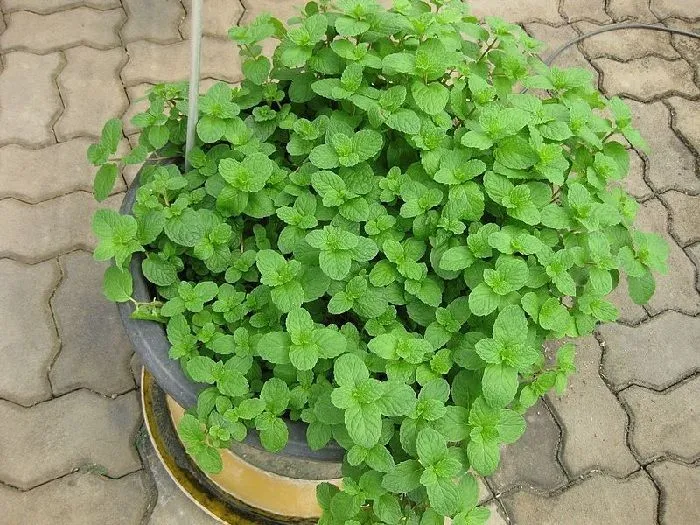
It should be noted that mint and peppermint are not the same. However, we are not talking about different species, but a different way of cataloguing. The mint is a genus (Mentha) of species including peppermint.
All peppermints are Menthas but not all mints are peppermint. In fact, peppermint is scientifically known as Mentha Spicata. Solved that little doubt?
What can you do with it?
Although the medicinal uses of this plant are well known, peppermint is widely used when preparing infusions. Candies, ice cream, salads, soups, game meats, etc. are also seasoned.
It is also very typical to add to the mojito a few mint leaves, giving it the peculiar flavor that everyone likes.
2. Basil
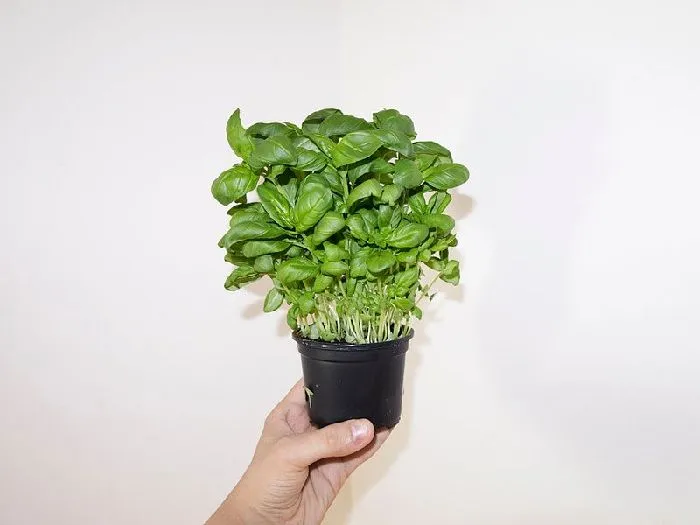
Basil is one of the great known within the world of aromatic plants. One of the great attractions of having a pot of basil in our kitchen is that its fresh leaves do not hold much, even when in the refrigerator. In the freezer it lasts longer, but little by little it loses its properties.
It is perfect for potting, as it has low growth (about 30 cm) if we control the pruning. If we let it grow naturally it can exceed one meter in height, so it is not convenient if our intention is to have it in a pot on the terrace or kitchen.
The only condition when growing basil is its sensitivity to cold. Therefore, if we have it on the terrace, we have to be careful to protect it when temperatures drop. Otherwise, it is a rustic plant that does not need special care. Wet and permeable substrate, sunny climate and pleasant temperatures.
What can you do with it?
We all have our jar with dried basil in the pantry, although we do not know all its properties used fresh. Many people use fresh leaves of this aromatic to flavor salads and add a different flavor to what we are used to.
In Italian cuisine there are many sauces that accompany pastas made with fresh basil, whose flavor is much more intense than a dried basil. A great example? The pesto sauce.
Here are other dishes you can create using this aromatic plant as an accompanying ingredient:
- Eggplants a la parmesana.
- Cajun potatoes.
- Pizza or bruschetta.
- Vietnamese chicken.
- Any recipe with pesto sauce.
3. Rosemary
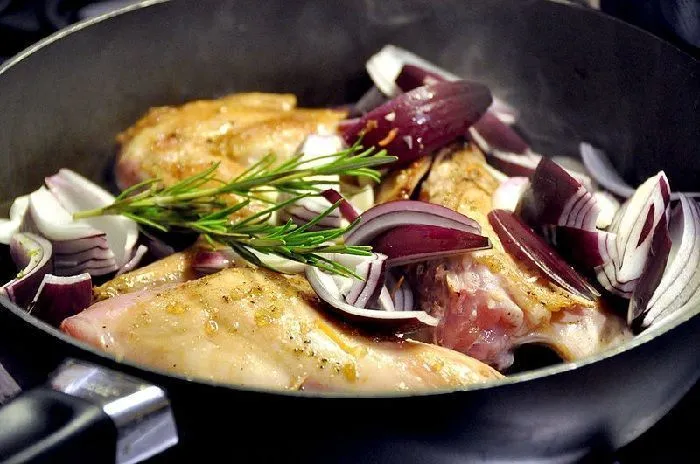
One of the most Mediterranean plants we can have in Spain. It is considered a shrub rather than a plant, although with intense prunings it is possible to keep it in a container. This crop is full of essential oils that are used in both medicine and aromatherapy.
Its cultivation is tremendously easy and rustic. It does not need much water, it is accustomed to growing in dry environments, stony lands and saline environments.
What can you do with it?
Of course, rosemary also has a place in the kitchen, especially the Mediterranean. The large meats are always accompanied by a branch of rosemary that impregnates it with flavor. Well known according to which areas is the “lamb with rosemary”, the rabbit stew with rosemary, the Manchego cheese with rosemary and many other sausages that have chopped rosemary in their crust.
4. Thyme
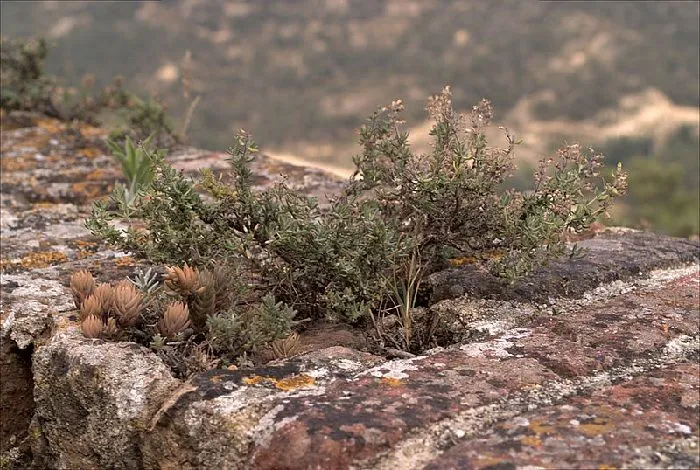
The best known species of this genus is Thymus vulgaris, another family plant Lamiaceae. Thyme can be found both medicinal and gastronomic uses (which we will see below). It can reach at most 40 cm in height, although it is normal that it does not exceed 20 cm, so it is perfect to grow in pots in your kitchen or terrace.
It is quite resistant and grows (as you can see in the photo) in inhospitable environments, stony soils and with a lack of water.
What can you do with it?
Mediterranean cuisine is full of recipes where thyme is included as the main spice. Thyme is great to add to meats (both lamb and poultry) and fish. Well known is the simple recipe of baked chicken with thyme.
5. Parsley
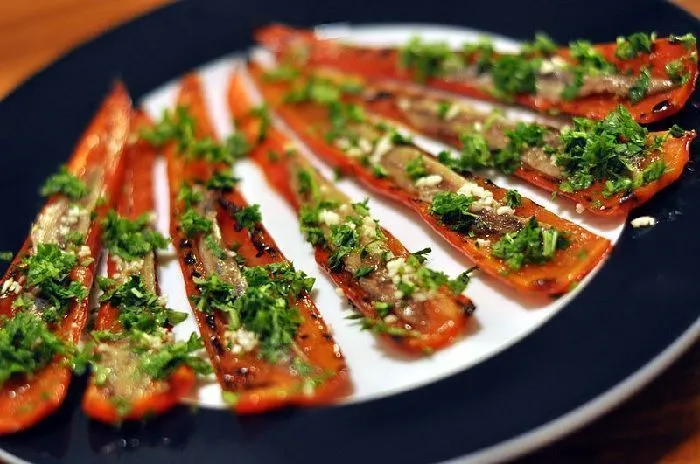
Who among you has not ever dared to buy an envelope of parsley seeds and plant it in a pot. Its cultivation is quite simple and is a great aromatic that we use a lot when it comes to seasoning many of our favorite dishes.
Its scientific name is somewhat characteristic, Petroselinum crispum, and belongs to the family Apiaceae.
It does not usually reach heights above 20 cm so a pot is enough to house a large amount of parsley that we will later use in the kitchen. Speaking of cooking…
What can you do with it?
Parsley is full of vitamins (A, B1, B2, C and D), but it is important to consume it raw as cooked it loses its full potential.
A very easy recipe to make and full of beneficial properties and low in fat is something as simple as the parsley omelette. It is very common to add parsley to freshly cooked fish. Of course, Carlos Arguiñano has created a benchmark in terms of the use of parsley in all dishes, so its use is practically infinite!
6. Oregano
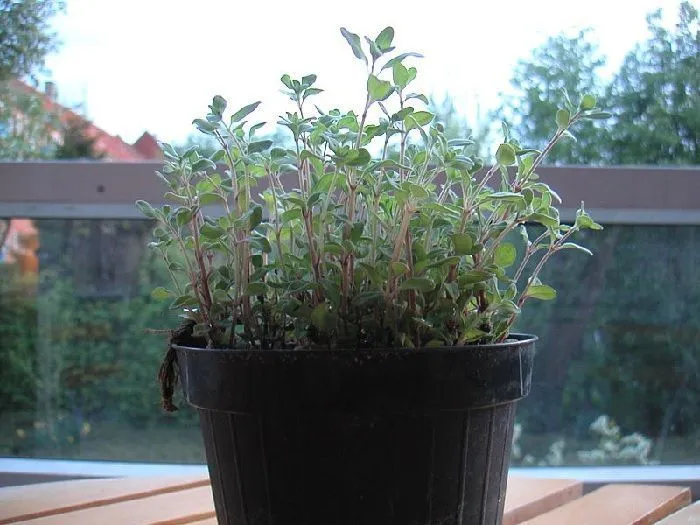
Oregano (Origanum vulgare) belongs, as we have already seen in other aromatic plants, to the family Lamiaceae. Oregano is used in gastronomy both dry or powdered and fresh, where all its properties and freshness stand out. It is considered as a shrub, although yes, a small shrub that does not exceed 45 cm in height.
Of course, oregano is a characteristic plant of the Mediterranean area, and is accustomed to warm environments, stony terrain with little organic matter and, yes, little rain.
What can you do with it?
Every homemade pizza worth its salt must (almost by obligation) carry oregano. It is the star element of Italian cuisine, used in most pasta and pizza dishes. In this case, «the whole mountain is oregano» and we can find this aromatic herb both in soups (Creole soup), baked tomatoes, in meats (oregano breast), lasagna, stewed potatoes, etc.
7. Cilantro
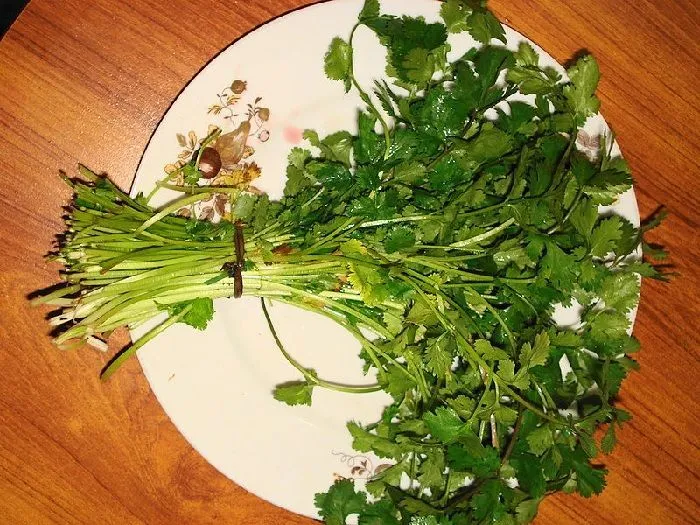
Cilantro, for many, is the brother parsley twin. And it is that, it also belongs to the family Apiaceae. It usually takes a short time to germinate and when it does it grows very strongly to 50 cm in height (on average). Its leaves are very similar to that of parsley, but they are distinguished, above all, in the aroma they give off.
What can you do with it?
Cilantro is, as an aromatic plant, a typical ingredient in Mediterranean cuisine. The well-known guacamole is made as an aromatic ingredient, with coriander. Its chopped leaves also serve as an ornament for dishes, and also accompanies soups or creams.
In the Latin American area it is common to use cilantro or coriander (as it is known there), to flavor rice, homemade sauces or stews (also typical of the Islands of Gran Canaria, as is also the mojo).
8. Marjoram
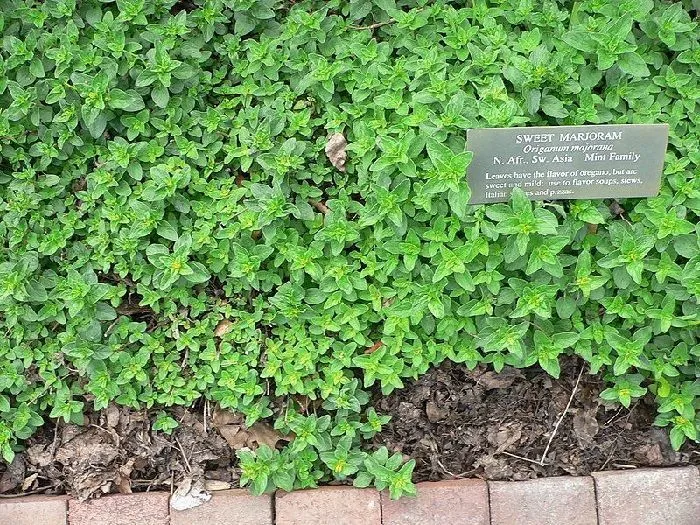
Marjoram (Origanum majorana) belongs, of course, to the family Lamiaceae. Although we have already seen some aromatic plants of great importance also originating from this family, marjoram has great weight in traditional medicine and gastronomy.
The cultivation of marjoram is widespread in the Iberian Peninsula, and can also be grown in pots, where it usually reaches sizes greater than 50 cm.
What can you do with it?
We can see marjoram, believe it or not, in many dishes. It is present in the classic mixtures of French Provencal herbs, and is usually part of stews, stews, cheese and sausage dressing, in Italian sauces and in many meats.
9. Sage
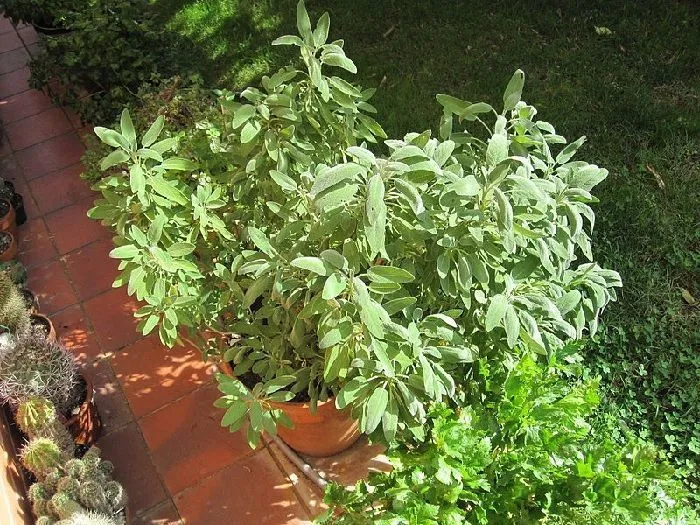
Sage belongs to the genus Lamiaceae. There is a heap of Salvias with different uses, although the best known is Salvia officinalis.
It is typical of the climates of the Mediterranean region, and is grown without problems in pots or containers. It can grow, if not pruned, up to 70 centimeters, so you will have to adapt the pot according to the development of its roots.
It does not have much care, so a good substrate and not abundant waterings will allow Salvia to develop without problems and accompany a large number of dishes and infusions.
What can you do with it?
Apart from its medicinal and ornamental qualities, in the kitchen you can have a pot of sage for gastronomic uses. As it leaves a slightly spicy taste on the tongue, you can use it to prepare roasts (benuto, sea bass, sea bream, etc.) or to dress pasta (Prosciutto, Parmesan, etc.). It goes great with meats and even for mushroom risottos.
10. Chives
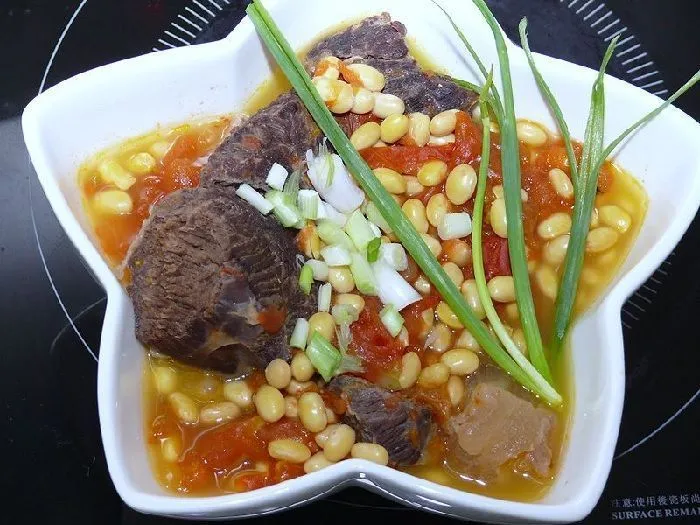
It is known as chives or scallions, and is a plant spread throughout the world. Belongs to the family Amaryllidaceae and its flavor is very similar to the typical common onion that everyone knows, although somewhat milder. Its origin is not Mediterranean, as we have seen in many of the previous aromatic plants, but from the area of Siberia and Canada.
Chives are typical of sunny areas but with good moisture in the soil (in general, in areas of precipitation) and with good clay content (they retain moisture very well). Its essential oil, allicin, repels many pests and diseases, so it is not usually affected by these pathogens.
What can you do with it?
To think of chives is to approach all the infinite uses that the white or common onion can have in the cuisine of any country. Both for fresh consumption (salads) and cooked (we could not say a dish that does not fit well with onion), chives can participate in almost all dishes from all countries. It is rich in vitamin A, B and C and, cas we have said before, it contains allicin, a potent antibacterial agent.

